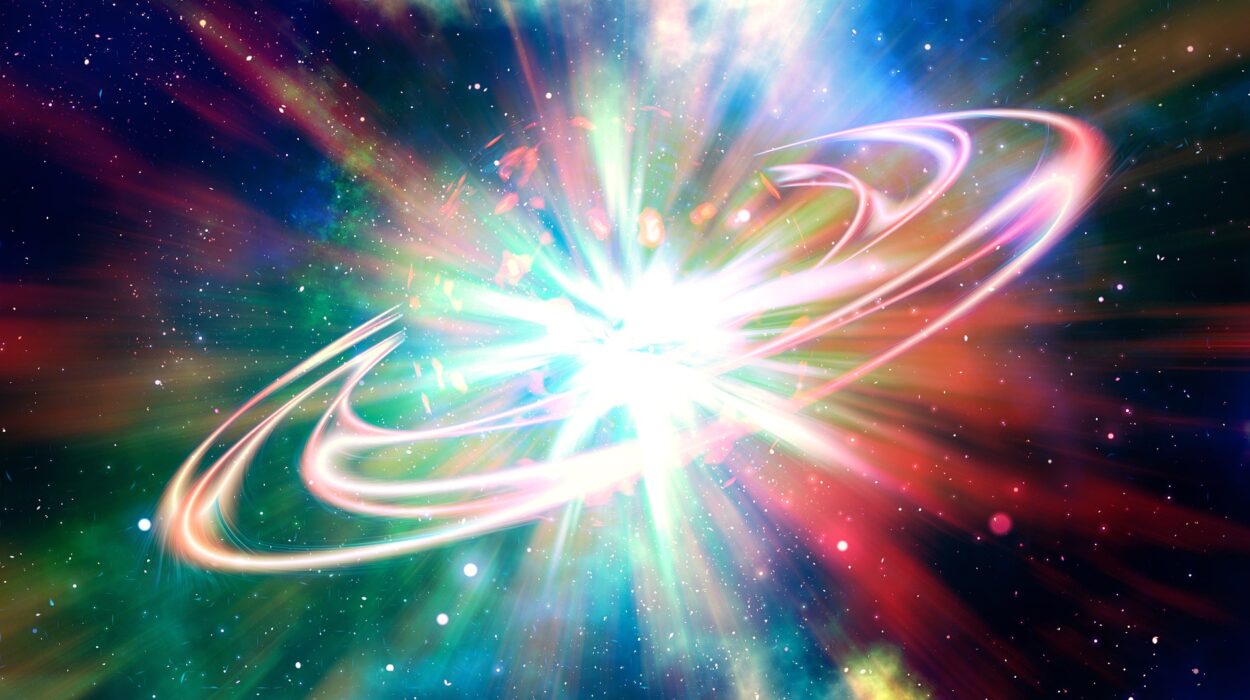Throughout history, our planet has shown us both its nurturing side and its terrifying power. Earth gives us fertile soil, water, and the conditions to sustain life, but it also unleashes forces that remind us of our fragility. Natural disasters are not just sudden acts of destruction—they are moments that alter the course of human history, shape civilizations, and leave stories etched in the collective memory of humanity.
From colossal earthquakes that swallowed entire cities to volcanic eruptions that darkened the skies for years, these disasters reveal the raw, uncontrollable energy of our planet. They also serve as powerful lessons, teaching us resilience and pushing science forward as we strive to predict, prepare, and survive.
Here, we explore ten of the most dangerous and devastating natural disasters in Earth’s history—events that left scars on both the planet and the people who lived through them.
1. The 2004 Indian Ocean Earthquake and Tsunami
On December 26, 2004, the Earth shook beneath the Indian Ocean in one of the most powerful earthquakes ever recorded—a magnitude 9.1–9.3 megathrust quake. In just a few moments, the seafloor shifted dramatically, displacing massive volumes of water and unleashing a tsunami of unprecedented scale.
Waves as high as 100 feet raced outward at jetliner speeds, striking coastlines across Southeast Asia, South Asia, and even as far as East Africa. Indonesia, Sri Lanka, India, and Thailand suffered catastrophic losses. Entire villages were wiped off the map, and in some regions, families were torn apart as the ocean swallowed everything in its path.
The human toll was staggering: over 230,000 people lost their lives across 14 countries, making it one of the deadliest natural disasters in recorded history. Millions more were displaced, and coastal communities faced long-term devastation to their economies, infrastructure, and ways of life.
The tragedy led to global efforts to improve tsunami detection and early warning systems, reminding humanity of both our vulnerability and our responsibility to work together in the face of nature’s fury.
2. The 1815 Eruption of Mount Tambora
In April 1815, Mount Tambora, a volcano in Indonesia, erupted with such force that it remains the most powerful volcanic eruption in recorded history. The explosion released immense amounts of ash, gas, and rock into the atmosphere, devastating the surrounding region and killing tens of thousands instantly.
But the true devastation was global. Tambora’s eruption ejected so much ash into the stratosphere that it altered Earth’s climate. The following year, 1816, became known as the “Year Without a Summer.” Crops failed in Europe, North America, and Asia. Food shortages led to famine, disease, and social unrest. It is estimated that over 100,000 people died, many not from the eruption itself but from the resulting famine and epidemics.
The impact of Tambora reached beyond destruction—it influenced culture and history. In the cold, dark summer of 1816, Mary Shelley began writing Frankenstein by the light of a volcanic twilight. The eruption of Tambora remains a sobering reminder that Earth’s geology can reshape global history in ways far beyond its epicenter.
3. The 1556 Shaanxi Earthquake
China has been the site of many devastating earthquakes, but none compares to the 1556 Shaanxi earthquake, considered the deadliest earthquake in recorded history. Striking on January 23, the quake was estimated to have a magnitude around 8.0, though historical records are the main source of information.
Its impact was catastrophic: entire cities collapsed, mountains shifted, and ground fissures opened. The earthquake affected an area of over 500 miles, destroying countless homes. At that time, many people lived in cave dwellings carved into the soft soil of the region, which collapsed instantly, burying entire families alive.
The death toll is estimated at 830,000 people—a number so large that it still stands unmatched by any other earthquake in human history. Beyond the immediate devastation, the earthquake disrupted agriculture, trade, and governance, leaving long-lasting effects on Chinese society.
The Shaanxi earthquake is a haunting testament to the sheer destructive force of tectonic shifts and the fragility of human structures in the face of Earth’s movements.
4. The 1931 China Floods
Water is life, but in 1931, the rivers of China turned into instruments of mass destruction. A combination of heavy snowmelt, torrential rains, and the overflow of the Yangtze, Huai, and Yellow Rivers led to one of the deadliest floods in history.
The flooding began in late spring and continued through summer, submerging entire towns and farmlands. Dikes and levees crumbled under the immense pressure, unleashing torrents of water across densely populated areas. At the disaster’s peak, floodwaters covered an area the size of England and half of Scotland combined.
The human cost was unimaginable. Estimates of the death toll range from 1 million to 4 million people. Many drowned, while others succumbed to starvation and diseases like cholera and typhoid that followed the floods. Entire communities were washed away, and survivors were left destitute.
The 1931 China floods remain not only one of the most catastrophic natural disasters in human history but also a sobering reminder of the power of water when unleashed in such devastating force.
5. The 1883 Krakatoa Eruption
Few natural disasters have captured the world’s imagination like the eruption of Krakatoa in August 1883. Located in the Sunda Strait between Java and Sumatra, the volcanic island exploded with such ferocity that it destroyed over two-thirds of the island itself.
The eruption generated tsunamis over 100 feet high, wiping out coastal towns and killing over 36,000 people. The sound of the explosion was heard thousands of miles away, echoing across continents. Ash from Krakatoa’s eruption circled the globe, lowering global temperatures and producing eerie red sunsets for years.
The disaster left a permanent mark not only on the geography of the region but also on culture and science. It highlighted the interconnectedness of Earth’s systems—how a single eruption could change global weather patterns—and demonstrated humanity’s vulnerability to volcanic fury.
6. The 2010 Haiti Earthquake
On January 12, 2010, tragedy struck Haiti when a magnitude 7.0 earthquake struck near the capital, Port-au-Prince. The quake lasted only 30 seconds, but in that short span of time, it unleashed catastrophic destruction.
Buildings collapsed across the capital, including homes, schools, and hospitals. Infrastructure crumbled, and the already fragile nation was left in ruins. Over 220,000 people lost their lives, and millions more were injured or displaced. The disaster was compounded by Haiti’s lack of preparedness, poverty, and weak infrastructure, which magnified the devastation.
The international community mobilized with aid, but recovery was slow and complicated by political instability and subsequent outbreaks of disease, including cholera. The Haiti earthquake remains one of the deadliest in modern times and serves as a stark reminder of how human vulnerability is often amplified by socioeconomic conditions.
7. The 526 Antioch Earthquake
In the spring of 526 CE, the city of Antioch (in modern-day Turkey) was devastated by one of the deadliest earthquakes in ancient history. A magnitude estimated at 7.0 or greater struck the bustling city, home to hundreds of thousands and a vital center of the Byzantine Empire.
The earthquake sparked massive fires that raged for days, compounding the destruction. Contemporary accounts describe scenes of apocalyptic horror, with buildings collapsing and flames consuming the city. Estimates suggest that 250,000 people perished, making it one of the deadliest urban disasters of antiquity.
The destruction of Antioch had profound political and cultural consequences. It weakened the Byzantine Empire’s control over the region and marked a turning point in the city’s history, from which it never fully recovered.
8. The 1970 Bhola Cyclone
In November 1970, a massive cyclone struck what was then East Pakistan (now Bangladesh), bringing with it unimaginable devastation. The storm produced winds of 115 mph and a storm surge that swept across the low-lying coastal plains and islands.
Entire villages were submerged, and crops and livestock were destroyed. The timing of the cyclone, just before harvest, exacerbated the disaster, leaving millions without food or shelter. The death toll is estimated at 300,000 to 500,000 people, making it the deadliest tropical cyclone in recorded history.
The political fallout was equally significant. The inadequate response by the Pakistani government fueled tensions in East Pakistan, contributing to the independence movement that led to the birth of Bangladesh in 1971. Thus, the Bhola cyclone was not just a natural disaster but a catalyst for historical change.
9. The 1900 Galveston Hurricane
On September 8, 1900, the city of Galveston, Texas, was struck by a Category 4 hurricane that remains the deadliest natural disaster in U.S. history. With winds exceeding 140 mph and a storm surge that overwhelmed the island city, the hurricane left Galveston in ruins.
The storm claimed between 8,000 and 12,000 lives, wiping out a significant portion of the city’s population. Entire neighborhoods were destroyed, and survivors faced immense challenges in rebuilding.
The disaster prompted changes in disaster preparedness and urban planning in the United States. Galveston constructed a massive seawall and raised the elevation of the city to protect against future storms, but the hurricane had already altered the trajectory of Galveston’s history, shifting economic prominence to Houston.
10. The 2008 Sichuan Earthquake
On May 12, 2008, a magnitude 7.9 earthquake struck China’s Sichuan province, unleashing devastation across a vast and mountainous region. The quake flattened buildings, triggered landslides, and caused massive infrastructure damage.
One of the most heartbreaking aspects of the disaster was the collapse of thousands of schools, trapping and killing thousands of children. The quake’s death toll reached nearly 90,000 people, with millions more injured or displaced.
The Sichuan earthquake sparked nationwide mourning and a massive mobilization of rescue and relief efforts. It also led to widespread public anger over poor construction standards, especially in schools, highlighting the need for stronger building codes in earthquake-prone regions.
The quake’s legacy is not only one of tragedy but also of resilience, as survivors and communities rebuilt their lives from the rubble.
Conclusion
Natural disasters are reminders of both the beauty and the brutality of the Earth we call home. They show us the immense forces at work beneath our feet, in the oceans, and in the skies. Each of these ten disasters left scars on humanity, shaping societies, altering histories, and teaching painful but important lessons.
Though we cannot prevent such disasters, science and technology give us tools to better predict and prepare for them. Early warning systems, stronger infrastructure, and global cooperation can save lives when nature unleashes its fury.
Yet beyond the science, natural disasters remind us of something deeply human: our vulnerability, our resilience, and our ability to come together in times of unimaginable loss. They teach us humility in the face of Earth’s power and inspire us to build a safer, more compassionate future.






